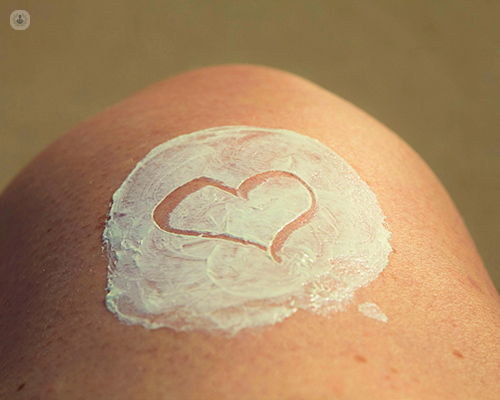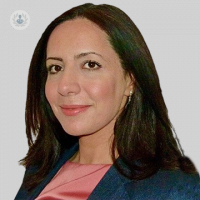Why do we get moles?
Written by:Moles are a part of everyday life for most of us. Many babies are born with moles, with new moles often appearing throughout childhood and teenage years. Some moles even fade and disappear entirely as we age. Professor Ramia Mokbel, a leading London dermatologist, explains why we get mole and why we need to take care of them.

What are moles?
Moles are small, pigmented growths on the skin that vary in size, shape, colour and texture but in general they usually harmless. Sometimes people do not like the appearance of their moles, but unless they change physically, there is no cause for concern.
Therefore, it is important to keep a close eye on your moles and note any changes in colour and shape. If you do notice any changes then it is advisable to see your GP or a dermatologist for a ‘peace of mind’ check-up.
Why do we get moles?
So why do we get moles? Moles can appear singularly or in groups anywhere on your skin and it is perfectly normal to have up to 40 by adulthood. The reason they form is due to the melanocyte cells - the cells responsible for making the pigment that gives your skin its colour - forming in clusters as opposed to spreading out. This is why moles appear pigmented and darker than the rest of our skin, sometimes getting even darker at certain stages in our lives, such as puberty and pregnancy, or following prolonged exposure to sunlight.
There are numerous types of moles which can vary in appearance, with some being more likely to develop into melanoma than others.
What is melanoma?
Melanoma is a type of skin cancer that is most common in young women, which is why it is so important to keep a close eye on your moles.
Regularly check your moles
It is so important to regularly check your moles, especially those in areas that are exposed to the harmful UV rays in sunlight often, including your arms, legs and face. It can be hard to check those hard to reach areas, like the back, but don't be afraid to ask a friend to help or schedule a quick skin health check-up to be sure.
When checking your own moles, follow the ABCDE changes checklist – Asymmetry, Border, Colour, Diameter, Evolving.
In any case, don't hesitate to get in touch and schedule a consultation with Professor Mokbel via her Top Doctors profile.


